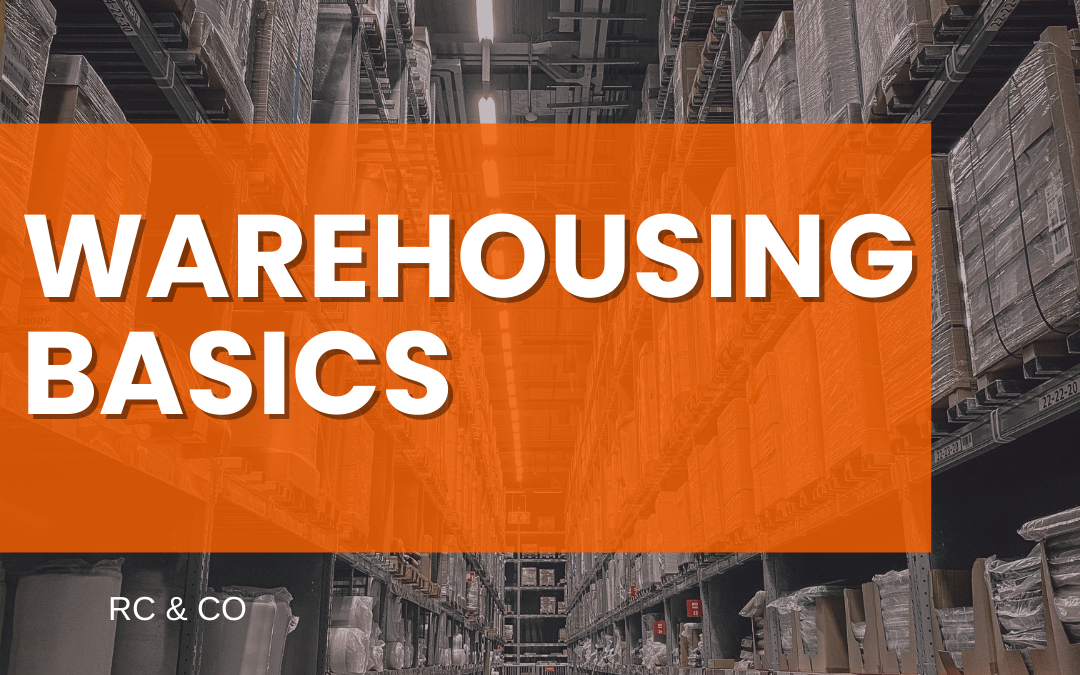Introduction
According to some estimates, the warehousing sector in India is poised to grow at more than 16% per annum for the next five years. This growth is primarily attributed to the changing nature of the supply chain.
Warehouses play a pivotal role in the quality of a supply chain, and their significance is becoming even more crucial given the evolving business environment. The ecommerce sector, revolutionized by Amazon, is making increasingly greater efforts to delight customers. Simultaneously, geopolitical uncertainties are testing the limits of supply chains. Furthermore, technologies like AI and Robotics offer potential for unprecedented efficiency gains and responsiveness.
Therefore, warehouses are adapting in terms of functions to help supply chains become resilient, efficient, responsive, and cost-effective. Different roles are played by warehouses, and these roles are termed differently. Some of the popular terms related to warehousing are conventional warehouses or warehouses, distribution centres, and fulfilment centres.
Understanding the roles of warehouses, distribution centres (DCs), and fulfilment centres (FCs) is crucial, not least because they provide a common framework for various stakeholders. Let’s delve into the definitions of each and highlight their distinctive features through a comparative table.
Warehouse: The Foundation of Storage
Warehouses are conventionally utilized forstorage purposes. The efficiency of warehouses is determined by optimizing storage space, reducing damages and thefts, and observing inventory management policy. Since storage is the primary objective, warehouses can be seen with tall racks of up to 4-5 stacks high. Though other activities such as picking, transportation, and packaging may also be carried out, they do not comprise substantial costs as a share of operational costs of a warehouse.
In summary, Warehouses serve as fundamental storage facilities where goods are held until needed. They are pivotal in maintaining an inventory buffer to meet demand fluctuations. Warehouses store products for longer periods of time. Key characteristics include:
- Functionality: Primarily storage.
- Inventory Management: Focus on inventory control.
- Order Processing: Not directly involved; minimal processing.
Distribution Centre: Streamlining Logistics Operations
Distribution centres act as intermediaries between suppliers and consumers, streamlining the movement of goods. They play a pivotal role in order fulfilment, processing, and distribution. The term “distribution” describes what a distribution centre does. They take a large quantity of goods and rearrange them and send large quantities destined to various locations. The rearrangement is undertaken through a process called ‘Cross Docking’. This process involves short-term storage or bay dedicated for separate outbound locations. The inbound cargo is separated from each load according to the destination and immediately sent to the demarcated bay. Outbound operations is mostly done in the same day. So, outbound and inbound operations are usually connected via cross-docking. Typically, distribution centres send material to wholesale channels, big box retailers, or fulfilment centres. Distribution centres (DCs) have a faster flow rate. Most DCs do not store goods for more than 24 hours. This means that products sit in DC for less time. Distribution centres handle order processing, transportation management, inventory and cross-docking, and more. The focus is on using technology to perform the operations at speed rather than optimizing infrastructure such as stacking more in the given space. Key characteristics include:
- Functionality: Cross-docking, order processing, and distribution.
- Inventory Management: Efficient inventory turnover & reduction in transportation costs with cross-docking.
- Order Processing: Involves picking, packing, and shipping.
Fulfilment Centre: Precision in Order Fulfilment
Fulfilment centres (FCs) are dedicated to optimizing order fulfilment processes, ensuring quick and accurate delivery to end customers. A fulfilment centre performs picking, packing, and shipping of goods for eCommerce or regional B2B orders. This is why the process is called “order fulfilment.” It is akin to the DCs but caters mostly to end customers. It is usually one of the last steps in the supply chain. Therefore, the FCs are usually located close to customers. The size of an FC is typically smaller than that of a DC. They are often associated with e-commerce businesses. Key characteristics include:
- Functionality: Specialized in order fulfilment.
- Inventory Management: Focus on fast-moving goods.
- Order Processing: Rapid picking, packing, and shipping.
Comparative Table: Warehousing vs. Distribution Centre vs. Fulfilment Centre
| Aspect | Warehouse | Distribution Centre | Fulfilment Centre |
| Primary Function | Storage | Storage, Order Processing | Order Fulfilment |
| Inventory Management | Inventory Control | Efficient Turnover | Focus on Fast-Moving Goods |
| Order Processing | Minimal | Picking, Packing, Shipping | Rapid Picking, Packing, Shipping |
| Role in Supply Chain | Storage Buffer | Streamlining Logistics | Optimizing Order Fulfilment |
| Typical Industries | Manufacturing, Wholesale | Retail, E-commerce | E-commerce, Retail |
CONCLUSION
Understanding the nuances of each facility helps businesses align their strategies with the specific needs of their operations. Warehouses, distribution centres, and fulfilment centres each contribute uniquely to the supply chain, reflecting the intricate dance of goods from production to the hands of the end consumer.
In conclusion, the choice between a warehouse, distribution centre, or fulfilment centre depends on the specific needs and goals of a business. Each plays a crucial role in the supply chain, and businesses must strategically leverage these facilities to enhance efficiency and meet customer expectations.
Please contact us to know how we can asssist.
rohit@rccoAdvisory.com

